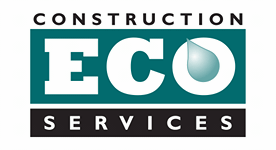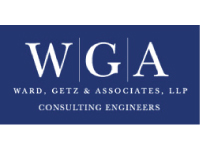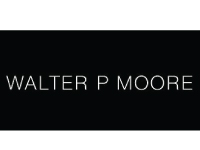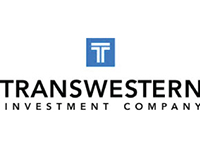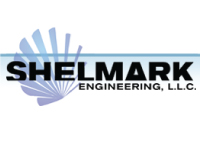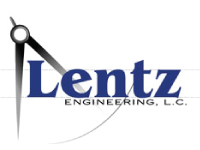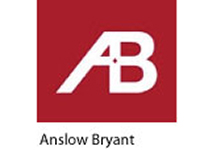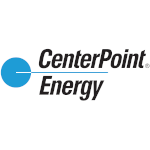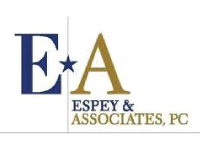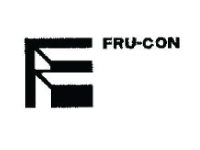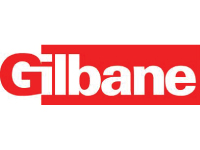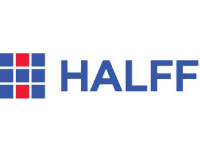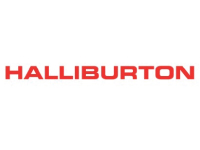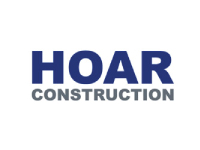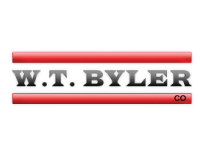2021
With decades of experience providing turnkey SWPPP Compliance Services on thousands of projects, large and small, Construction EcoServices has learned the most important issues Operators of Construction Projects need to be concerned with most regarding stormwater discharge regulations at the federal, state, and local level.
#1 – KNOW YOUR OBLIGATIONS
If disturbing MORE than 1-acre
Stormwater Pollution Prevention Narrative Plan
The ‘SWPPP’ is a fundamental element to construction stormwater permits. This is a ‘project specific’ plan, describing how you will reduce pollutants discharged from your site during rain events.
State (fees) and local filings (no fees)
A Permit is submitted, and a fee is paid to the Texas Commission on Environmental Quality to discharge runoff from a construction site. Local filings are also required.
Inspections and updates
Regular inspections must be conducted to document compliance (or lack thereof) and The Texas Construction General Permit requires that the SWPPP be a ‘living’ document, therefore it is critical that the Plan be updated as conditions change. There are two options for these periodic inspections, but the weekly option is the most commonly used and the most advantageous option.
Postings and Best Management Practices
Permit documents must be posted prominently at the job site entrance. BMPs (i.e. Silt Fence, Inlet Protection) must be installed where needed and maintained as needed.
If disturbing LESS than 1-acre
BMPs only
You will still need to meet the intent of the State permit by preventing silt, sediment, and other pollutants from entering a storm drain or conveyance of water by using Best Management Practices, but the SWPPP Narrative, Postings and regulatory Filings and Inspections are not required.
#2 – A FREQUENT GOTCHA
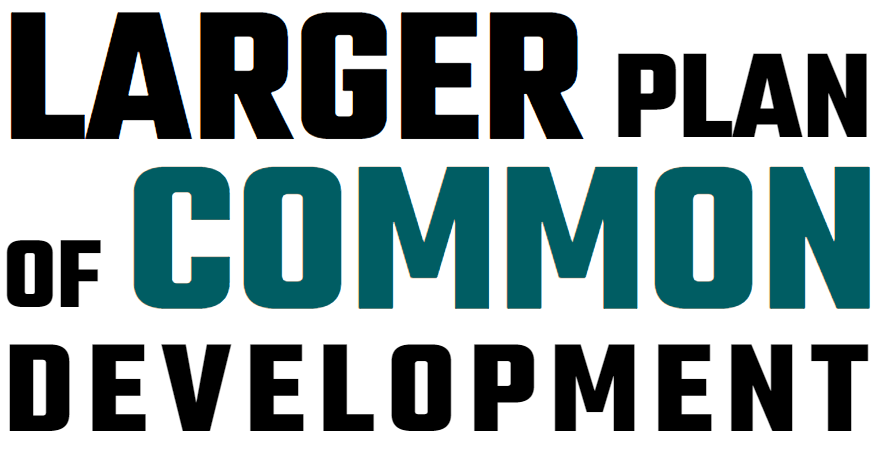
When a small site becomes a large site
When out-parcels are platted sharing common streets, or utilities, or a project is developed in phases, each site within the common area may be viewed as the large site and permitted as such. A good example of this would be a ‘Town Center’ with several large retailers and multiple small parcels for future sale and development.
#3 – THE RIGHT BMPs
Selecting the right BMPs can drive down total cost of compliance
Paying attention to BMP selection and installation is as important as paying attention to other aspects of the project.
Lowering the maintenance requirement is key
There are no ‘maintenance-free’ BMPs. High maintenance BMPs can cost many times the initial installation cost during the life of a project.
Question “the way we’ve always done it”
Innovative and evolved BMPs usually provide a better solution, have lower maintenance requirement, and lower costs.

#4 – IT ’S NOT A DRAWING

The SWPPP site plan is not the SWPPP
It may be titled ‘Erosion Control Plan’ or ‘Stormwater Pollution Prevention Plan’ or something similar.
Regardless of the title on the page, the drawing is simply one component of the SWPPP narrative plan – one of many ‘exhibits’ required to be in the SWPPP Narrative.
#5 – WATCH YOUR MOST IMPORTANT BMPs
1. Stabilized Construction Exits
It’s the first thing the enforcement officer sees
Highly visible, usually located near a public roadway
Most likely to generate a complaint
Crushed concrete surface is intended to dis-lodge mud and dirt by flexing tire treads. Public traffic does not appreciate navigating through muddy, hazardous streets. Citizen complaints will ALWAYS generate a regulatory Inspector’s visit.
Specifications (anything less is just not enough)
- 25′ wide X 50′ long
- 3” X 5” Crushed Concrete
- 8” deep over heavy underlayment fabric
2. Signage
First thing the enforcement officer looks for
Required to encourage the “Whistle Blower Act” Any citizen has the right to determine who the Operator is and report problems to enforcement. Signage that displays the permit and other posting documents is located at the construction entrance and must be convenient for public viewing.
3. The Paperwork
Potentially The Richest Source Of Violations
The easiest thing to enforce; the Enforcement Officer can thoroughly examine the SWPPP Narrative in the construction site office. There are many required elements of a proper SWPPP including the narrative, regular updates, amendments, and weekly inspection reports.
4. Dewatering Solutions
Direct discharge of polluted water is a clean water act violation
When dewatering a jobsite, care must be taken to do so responsibly. Such discharge is taken very seriously by Enforcement Officials.
Direct discharges are typically very visible
It is very easy for Enforcement or the public to recognize and take action against the Operator.
The Options
- Dewatering Settlement Basin
- Portable Sediment Tank or Dewatering System
- Settlement Sump Pit
- Dewatering Bag
- Multiple Down Slope Flow Control BMPs
5. Concrete Wash Outs
Requirements raised
Rinsate from concrete truck washing contains contaminates harmful to living creatures – it must not be allowed to go to the ground.
Containerized solutions
Specialized containers for this purpose, or lined roll-off bins work best. Non-compliance brings immediate fine or lawsuit. These are not acceptable circumstances to the enforcement community. A water-tight container is the best solution.
#6 – CHANGE IT, IF NEEDED
BMP selection and location are up to the Operator under Texas Construction General Permit
The only requirement is to implement what’s needed to meet the regulatory obligation.
Revising the plan to fit actual site needs almost always lowers cost of compliance
Eliminate waste – in many cases, perimeter BMPs indicated on the SWPPP Site Plan may not be required if there is a sufficient vegetated buffer area between disturbed areas and any conveyance of water, or if the flow is back onto the site. Changing the plan requires documentation, but may be done by a “qualified” person.
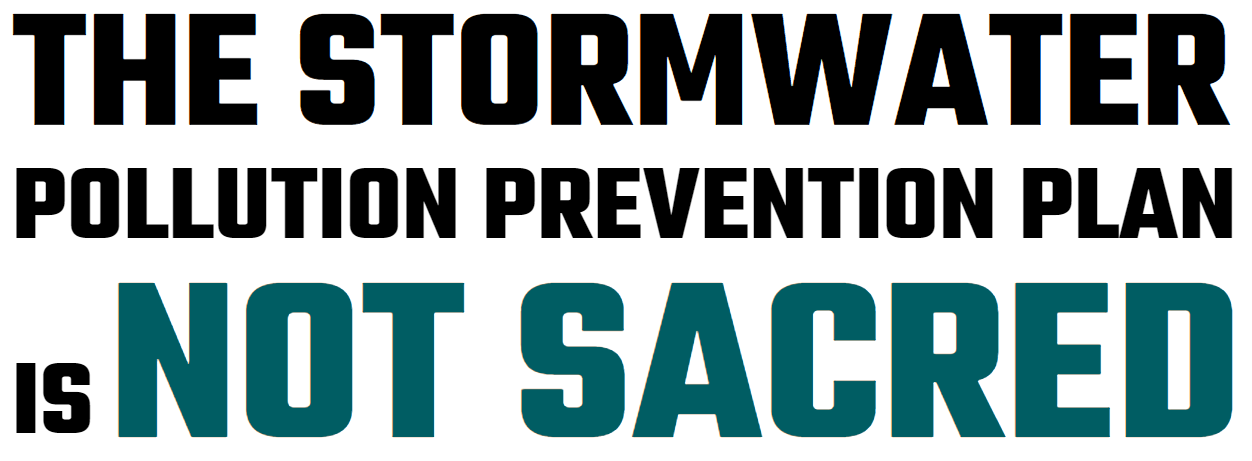
#7 – DON’T SKIMP ON STABILIZATION
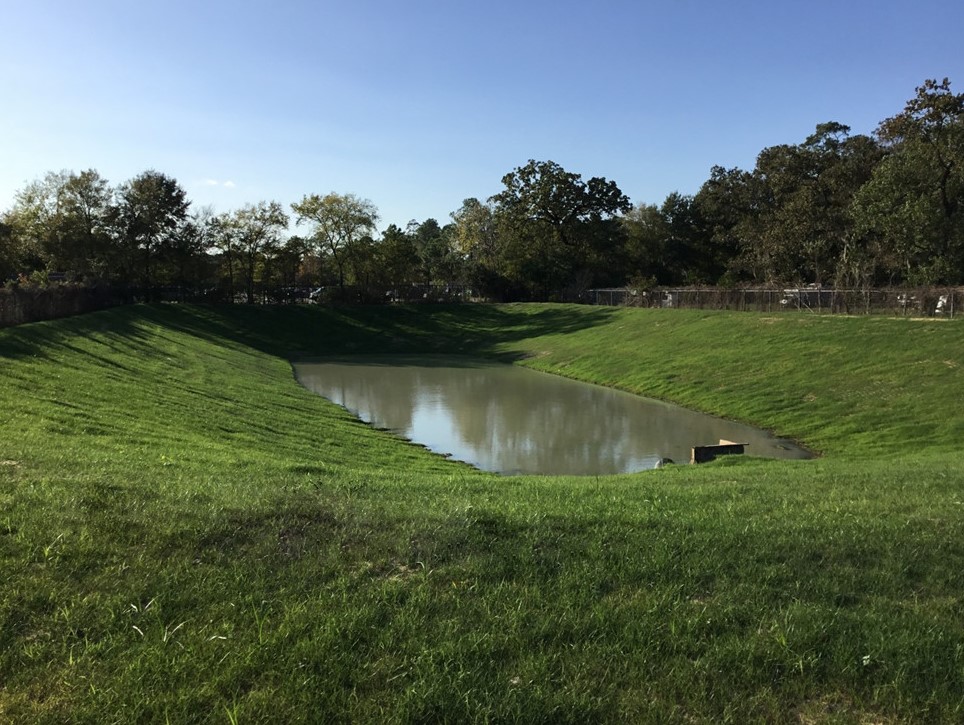
Lower costs by protecting your excavation investment during construction
Old methods raise costs and put client relationships in jeopardy. Hydro-mulch seed on pond slopes is very likely to be washed away, before germination, during even small rain events–and you’ll have to repeat the process.
Stabilization done once is cheaper – Hydraulically applied erosion control blankets bond with the soil, securing to the slope and establishing vegetation quickly.
Stabilize ponds/slopes as soon as they’re graded. Who’s going to pay the excavation contractor to repair slopes damaged due to rainfall?
Stabilization is a critical aspect of compliance and your project will remain at risk of enforcement actions until all disturbed areas are paved, built upon or vegetated.
#8 – INSPECTIONS ARE CERTIFIED
Inspection reports are legal documents
Inspections should not be taken lightly. Intentionally falsifying an inspection report is a violation of Federal law and can result in a fine or imprisonment
There is nothing wrong with noting problems on an Inspection Report, an inspector has no option if problems exist. Violations are inherent in any jobsite and non-compliant conditions should be written up, then corrected. Not correcting violation is what will get you in trouble.
Inspection Report should be a “snapshot “of site conditions, reflecting good and bad. Enforcement Officers know all sites have problems and expect to see them noted on reports.
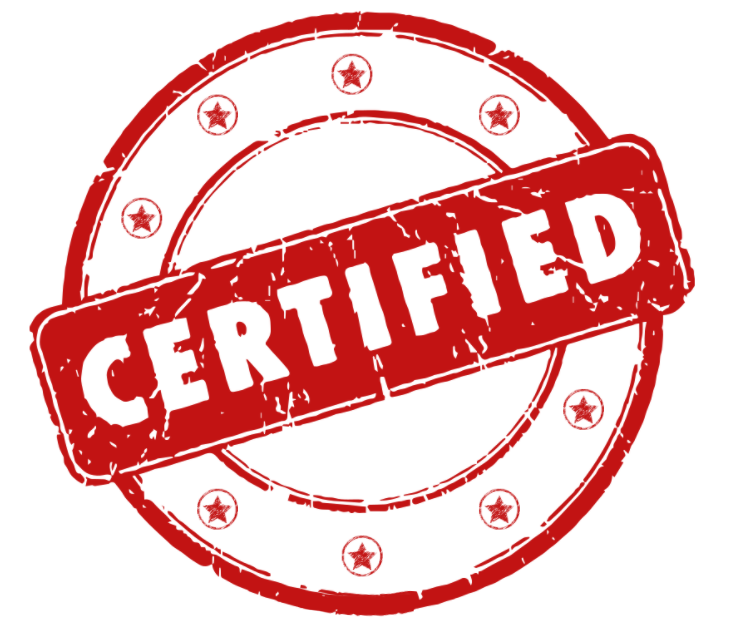
#9 – KNOW ENFORCEMENT’S HOT BUTTONS

Construction Exits
Concrete Washouts
Tracking (SCE)
Perimeter Controls
Inlet Protection Barriers
Permitting & Posting
Pond Stabilization
Street Sweeping
Concrete Saw Cutting Slurry
#10 – YOUR BIGGEST CONCERN
John Q Public should be your biggest concern
The Clean Water Act is designed for citizen lawsuits
CWA was intended to spur citizen participation in oversight of environmental concerns. Think about the requirement that signage with operator permits must be posted prominently, visible by the public.
Enforcement personnel operate under mandates for rapid response to complaints
Citizen complaints generate the majority of enforcement investigations and complaints are moved to the front of the line for enforcement response.
TCEQ Compliance History database in place
Updated September 1 of each year based on operator’s compliance history for the previous 5 years. The resulting rating is, intended as, a measure of the contractor’s environmental compliance. Your rating may impact your ability to get future work or a new permit.

NEED SWPPP ON A PROJECT NOW?
If achieving the highest level of compliance while reducing risk and lowering costs is important to you, then let’s work together. We provide full turnkey stormwater management consulting and solutions. All field crew are OSHA 30 certified.
Tell us about your project and get a quick quote.
